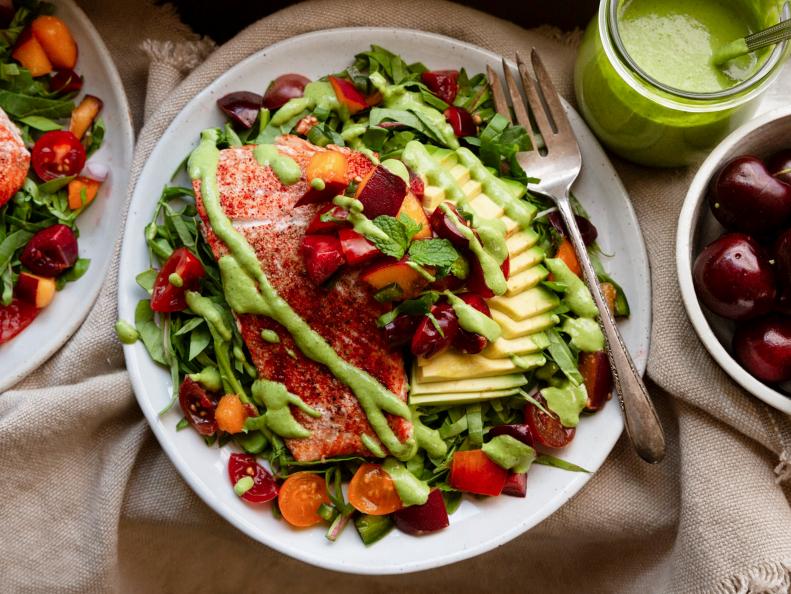1 / 11
Photo: Leesa Morales
Resolve to Eat Healthier
Instead of focusing on what can be removed from your plate this year, let’s discuss what you can add to it to create meals that are both crave-worthy and health-boosting. January’s annual “fresh slate” state of mind can make it all too tempting to try a new diet, cut out whole food groups, overhaul your pantry or commit to unrealistic goals in order to substantiate your health-centered resolutions. But I don’t believe that’s necessary. Instead, let’s get you dancing in the kitchen with joy at first bite, and hopefully have you feeling like your healthiest self yet.












